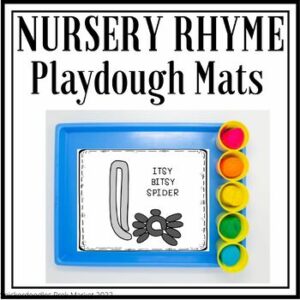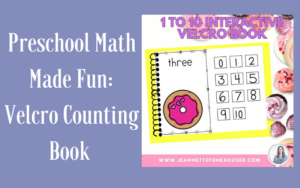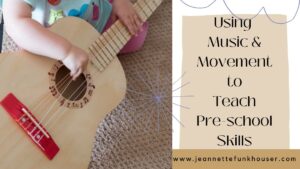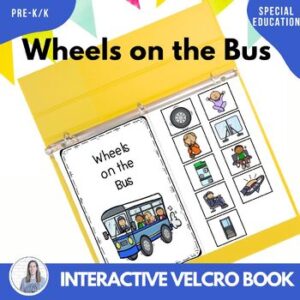The Importance of Using Playdough in the Preschool Classroom
Playdough is more than just a fun, squishy material that children enjoy manipulating; it is a powerful educational tool that can significantly enhance a child’s development in various areas. Incorporating playdough into the preschool classroom offers a multitude of benefits, making it an essential component of early childhood education. Here are several reasons why playdough should be a staple in any preschool setting.
1. Fine Motor Skills Development
One of the primary benefits of playdough is its ability to develop fine motor skills. As children roll, pinch, squeeze, and shape the dough, they strengthen the small muscles in their hands and fingers. These activities are crucial for developing dexterity and coordination, which are foundational for future tasks such as writing, buttoning shirts, and using utensils. Fine motor skills are often linked to academic readiness, making playdough a valuable resource for preschool educators.
2. Creativity and Imagination
Playdough encourages creativity and imaginative play. Children can create anything from simple shapes to complex sculptures, allowing them to express their ideas and emotions freely. This unstructured play fosters a sense of innovation and problem-solving as they experiment with different designs and structures. For instance, a child may decide to create a dinosaur, prompting them to think about the features of their favorite prehistoric creature. This kind of imaginative play not only boosts creativity but also enhances cognitive flexibility—an important skill in an ever-changing world.
3. Sensory Exploration
Playdough provides a rich sensory experience that is invaluable in early childhood education. Its texture, temperature, and pliability engage children’s senses, promoting sensory development. By exploring different aspects of playdough, such as mixing colors, adding scents, or incorporating textured materials like rice or glitter, children learn to process sensory information, which is crucial for cognitive development. Sensory play helps children understand the world around them and encourages them to investigate, ask questions, and engage in scientific thinking.
4. Language Development
While playing with playdough, children often engage in conversations with their peers or teachers. This interaction promotes language skills as they describe their creations, ask questions, and share ideas. Educators can enhance this experience by introducing vocabulary related to shapes, colors, and actions. For example, when a child creates a snake, the teacher might prompt them to describe it, asking questions like, “What color is your snake?” or “How long is it?” Such interactions not only build vocabulary but also enhance listening skills and comprehension.
5. Social Skills and Teamwork
When children work together with playdough, they learn valuable social skills. They practice sharing, negotiating, and collaborating on projects. For instance, one child might want to create a pizza while another prefers to make a cake. Working through these differences provides a real-world context for conflict resolution and teamwork. These interactions help develop empathy and the ability to work as part of a team, essential skills for their future social interactions. Moreover, group play fosters a sense of community in the classroom, building friendships and a supportive learning environment.
6. Mathematical Concepts
Playdough can also introduce basic mathematical concepts in a fun and engaging way. Children can create shapes, count pieces, and explore concepts of size and volume. For example, they might roll out different lengths of dough, comparing them and discussing which is longer or shorter. These activities lay the groundwork for more complex mathematical thinking later on. By incorporating mathematical language and concepts into playdough activities, educators can help children develop a foundational understanding of math in a natural and enjoyable context.
7. Emotional Regulation
Engaging with playdough can be a calming activity for children, helping them manage their emotions. The repetitive motions of kneading and rolling can be soothing, providing a sensory outlet for frustration or anxiety. This aspect of play promotes emotional well-being and self-regulation, teaching children how to cope with their feelings in a healthy way. For instance, if a child is upset, providing them with playdough can serve as a helpful distraction, allowing them to refocus their energy and emotions constructively.
8. Cultural Awareness and Diversity
Playdough is a versatile medium that can be used to explore cultural themes and diversity. Educators can introduce various cultural elements by encouraging children to create traditional foods, clothing, or symbols from different cultures using playdough. This activity fosters an appreciation for diversity and helps children understand and respect different backgrounds and traditions. By discussing the significance of their creations, teachers can enhance cultural awareness and promote inclusivity in the classroom.
9. STEM Learning
Incorporating playdough into STEM (Science, Technology, Engineering, and Mathematics) education can be particularly effective. Children can engage in simple engineering challenges, such as building structures or bridges with playdough. These activities promote critical thinking and problem-solving skills as children experiment with balance, weight distribution, and stability.












